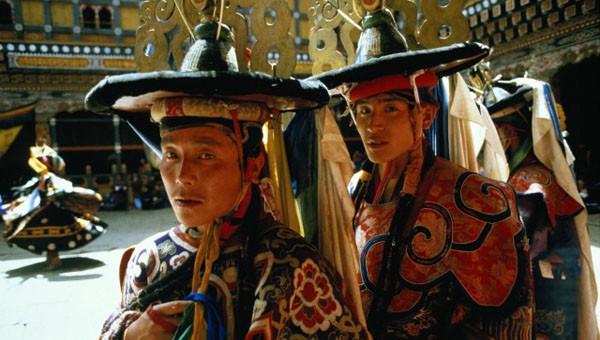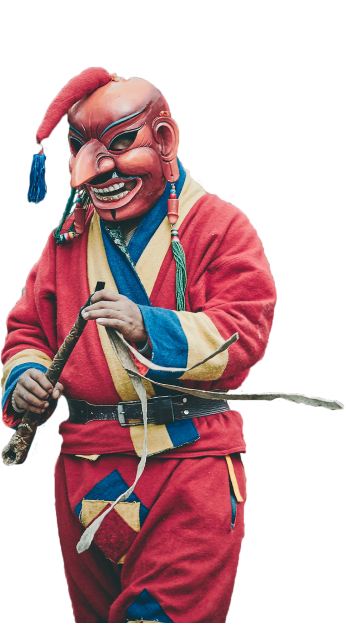Bhutan, Druk Yul, the Land of the Thunder Dragon. It’s a land of contrasts and in few places is the divide between ancient and the encroaching ‘modern’ so evident.
Bhutan had been largely mysterious even to its neighbours but abandoning its self-imposed policy of isolation had it grappling to find a precarious balance between modernization and the preservation of its culture and traditions. However, Bhutan has found the perfect balance between the two and now though it is making tremendous developments in all sectors, it also manages to hold onto its unique identity that makes it unlike any other country in the world with a population of just over 0.7 million.
While changes are afoot, the Bhutanese have consciously maintained many of their traditions as a way of preserving their sovereignty and unique culture. Witness daily government business being carried out in gallant national dress inside the astonishing Dzongs, the same places where Bhutan’s famous colourful tsechus, 10-day festivals unfold.


